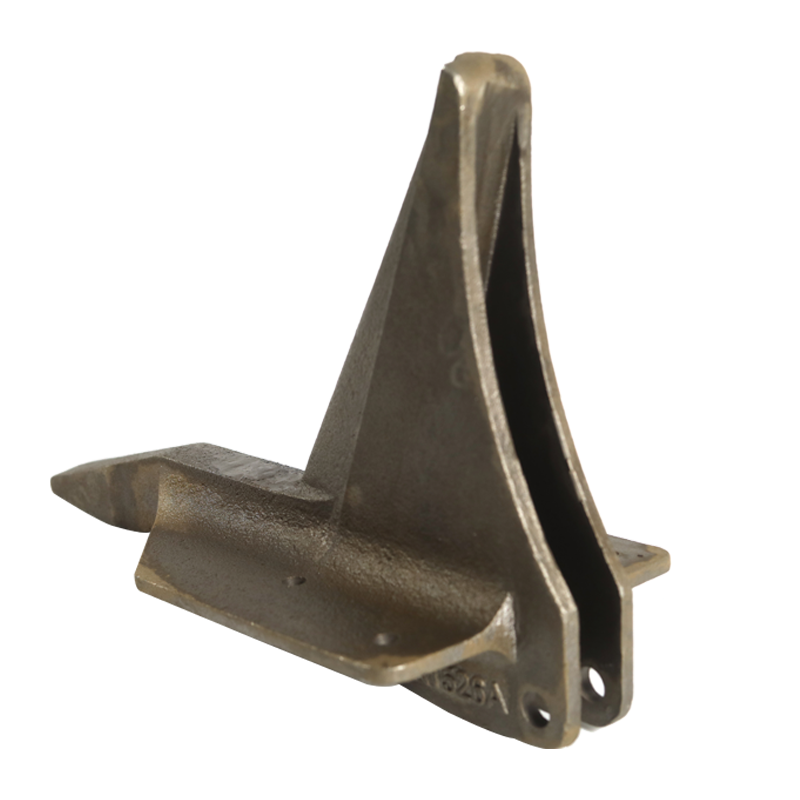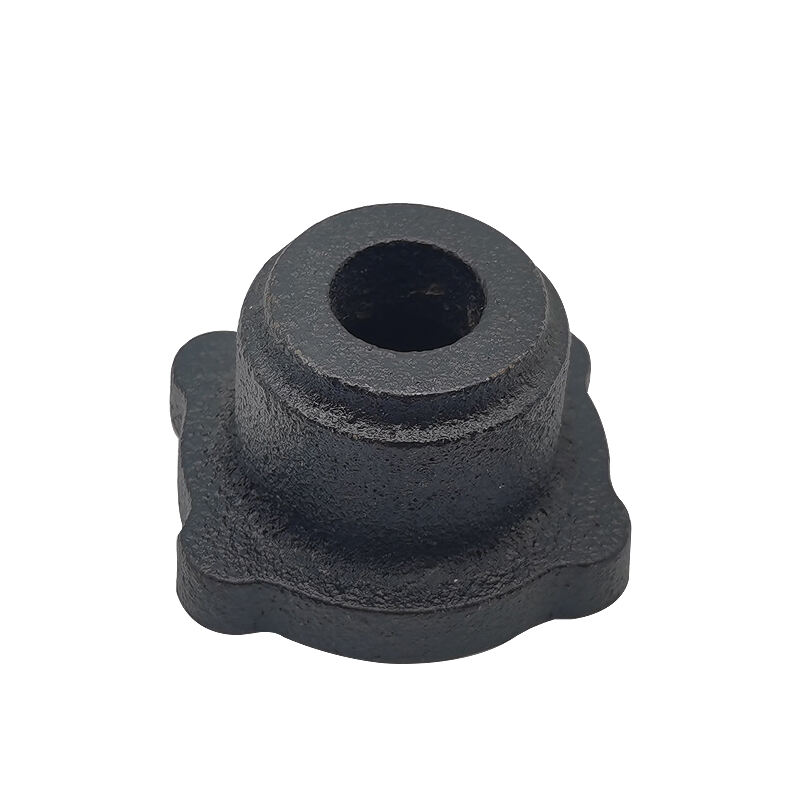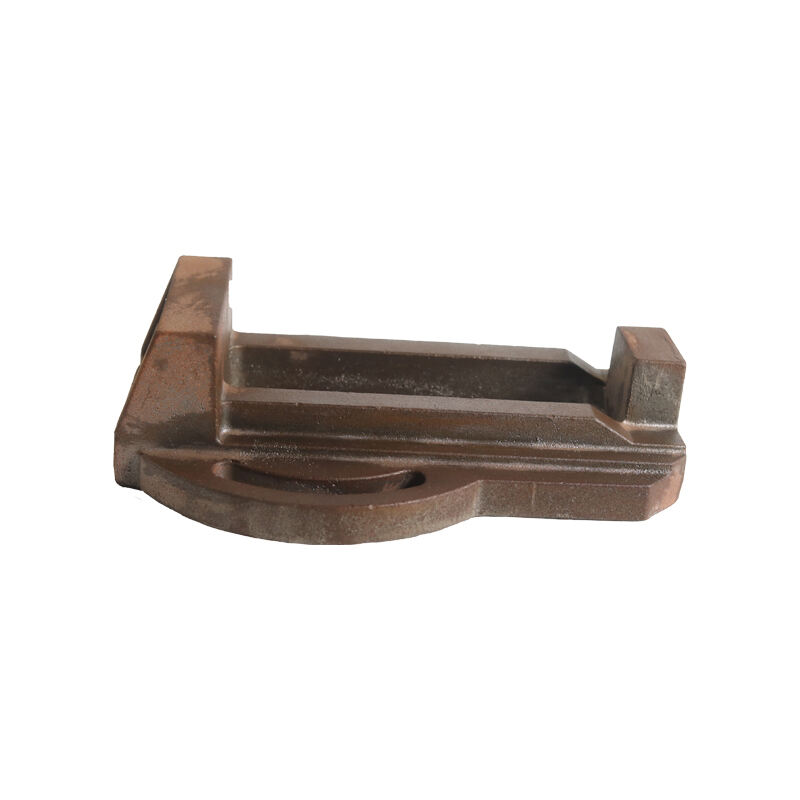cast iron sand casting
Cast iron sand casting represents a fundamental manufacturing process that combines traditional foundry techniques with modern engineering precision. This versatile method involves creating molds from special sand mixtures, into which molten cast iron is poured to produce complex metal components. The process begins with pattern making, where a replica of the desired part is used to create an impression in the sand mold. The sand mixture, typically composed of silica sand, clay, and other additives, provides excellent molding properties and can withstand the high temperatures of molten cast iron. The mold cavity is formed by compacting the sand around the pattern, which is then removed, leaving a precise void. Molten cast iron is then poured into this cavity, where it solidifies and takes the shape of the desired component. This method excels in producing parts with intricate geometries, varying wall thicknesses, and internal passages that would be difficult or impossible to achieve through other manufacturing processes. The technology supports the production of components ranging from small machinery parts to large industrial equipment, making it particularly valuable in automotive, construction, and manufacturing sectors.


